Microgreens pack a lot of delicious punch in a tiny pouch (well, leaf to be exact).
I started eating them almost by accident. I was weeding mustard greens out of a community garden patch, and rather than toss them into the compost, I just started nibbling on them. They were much tastier than the full-grown plant, and offered a few other benefits as well.
√ For starters, microgreens can be harvested within weeks of planting, rather than the two months or more it would take to get to full size.
√ Because they’re so young, they’re often extremely tender and sweet.
√ You can plant and harvest them in the winter when most fresh greens come from far-away places.
√ Plus, you can plant a lot of seed in a smaller space, since you’re weeding them out before they get taller, more straggly, and need more soil and water.
Happily, you don’t actually need a garden to grow microgreens. You don’t even need special microgreen seeds, since all you’re really doing is eating the very early growth of the regular plant. Here are sixteen microgreens you can grow in a jar or a box on your porch, patio, windowsill or anywhere else they’ll get plenty of direct sunlight and moisture.
1)Lettuce
2)Spinach
3)Tatsoi
4)Radish greens
5)Peas
6)Cabbage
7)Basil
8)Watercress
9)Parsley
10)Beet greens
11)Kale
12)Mustard
13)Spinach
14)Arugula
15)Endive
16)Broccoli
Here’s the process:
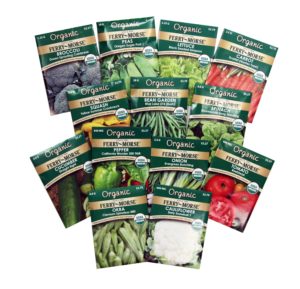
→ Get the right container. You’ll need something that’s a few inches deep. Again, hardware stores and garden centers sell special containers for sprouting seeds, but I use planters I have around the house or wide-mouth jars. You can also use egg cartons, or the bottoms of paper milk cartons. I prefer containers that have drainage holes on the bottom. If I use a glass jar without bottom holes I try not to overwater the seeds. If I buy anything, it’s usually a biodegradable peat pot.
→ Use good soil. For seeds, loose, crumbly soil full of organic matter is best. You can buy an organic potting mix, or make up some from your garden by mixing soil with compost and a little organic fertilizer if you have it. I usually make up a big pile of potting mix at one time and then use it to fill all my containers. You can also use something like this seed starter mix.
If you are interested in planning an organic garden for next spring, don’t miss our Top Green Tips for Organic Gardening!
→ Sprinkle the seeds on top; cover with just a little more dirt. Scatter the seeds over the potting mix, then cover with no more than 1/8 inch dirt.
→ Water gently but thoroughly. You don’t want the soil so wet that the seed rots. However, you don’t want the soil to dry out, either. Sometimes, a plant mister works best. Spray the soil until you can see that it is wet but not muddy.
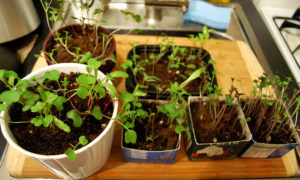
→ Harvest. Keep an eye on the seeds. They’ll start sprouting within a few days. Wait ten days to two weeks, when they’ve got their first set of true leaves, to start harvesting them. You can use scissors to snip them off right above the soil, or your fingertips to pinch them off the stem. Try to harvest them the same day you’re going to eat them for the freshest flavor.
→ Eat. I usually start eating them as soon as I pick them. Otherwise, I toss them into a salad, use them as a garnish on an omelette or in soup, or tuck them inside a sandwich. You could also add them to your juicer with any number of other fruits and vegetables.
RELATED


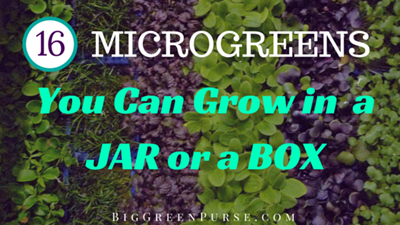
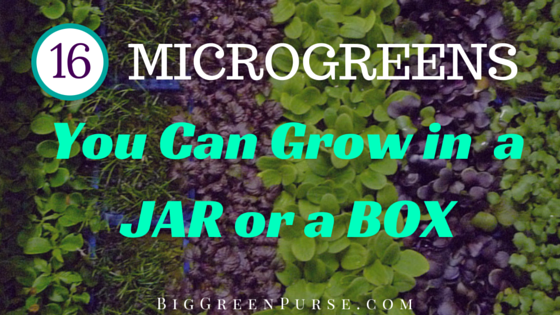
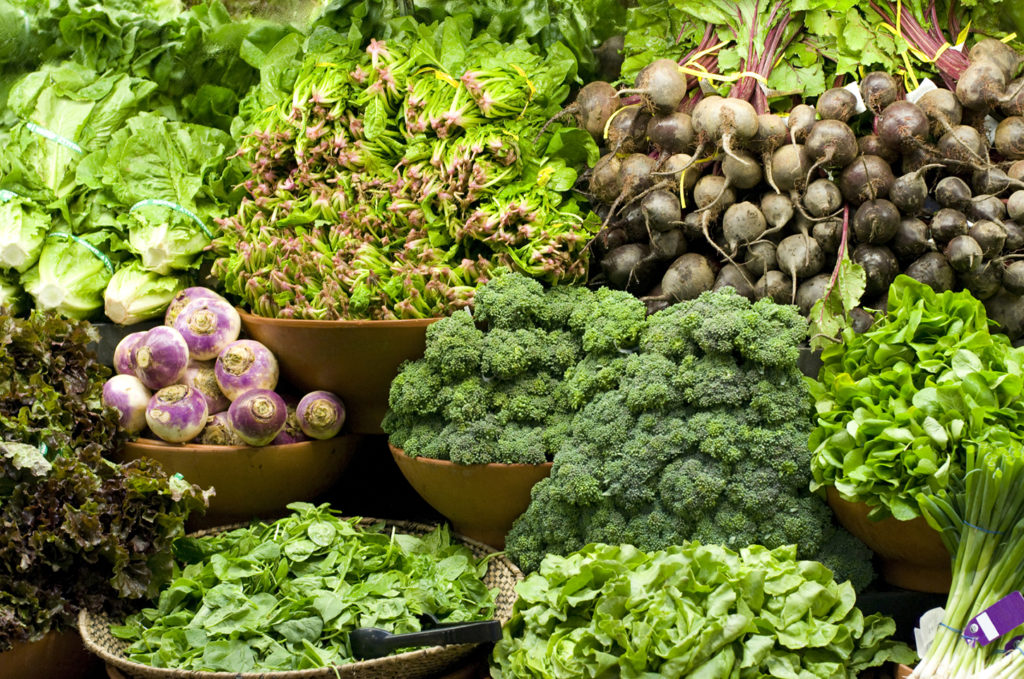


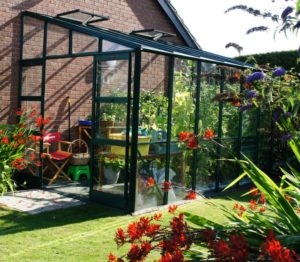



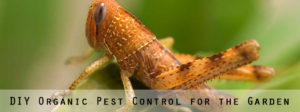








4 thoughts on “16 Microgreens You Can Grow in a Jar or a Box”
This is very cool. I have several cub scouts that I need to help plant a garden over the winter to help them earn some achievements and this is a great way to accomplish that. Very cool idea to eat healthy and organic if you get the right materials and organic fertilizer.
http://bit.ly/1NsbNiL
That’s great! I hope they learn a lot.
Broccoli — really?! Excellent, thank you! I will begin growing in the spring. My light is not the best now in the fall and especially in winter.
Good. Let me know how it goes!
Comments are closed.